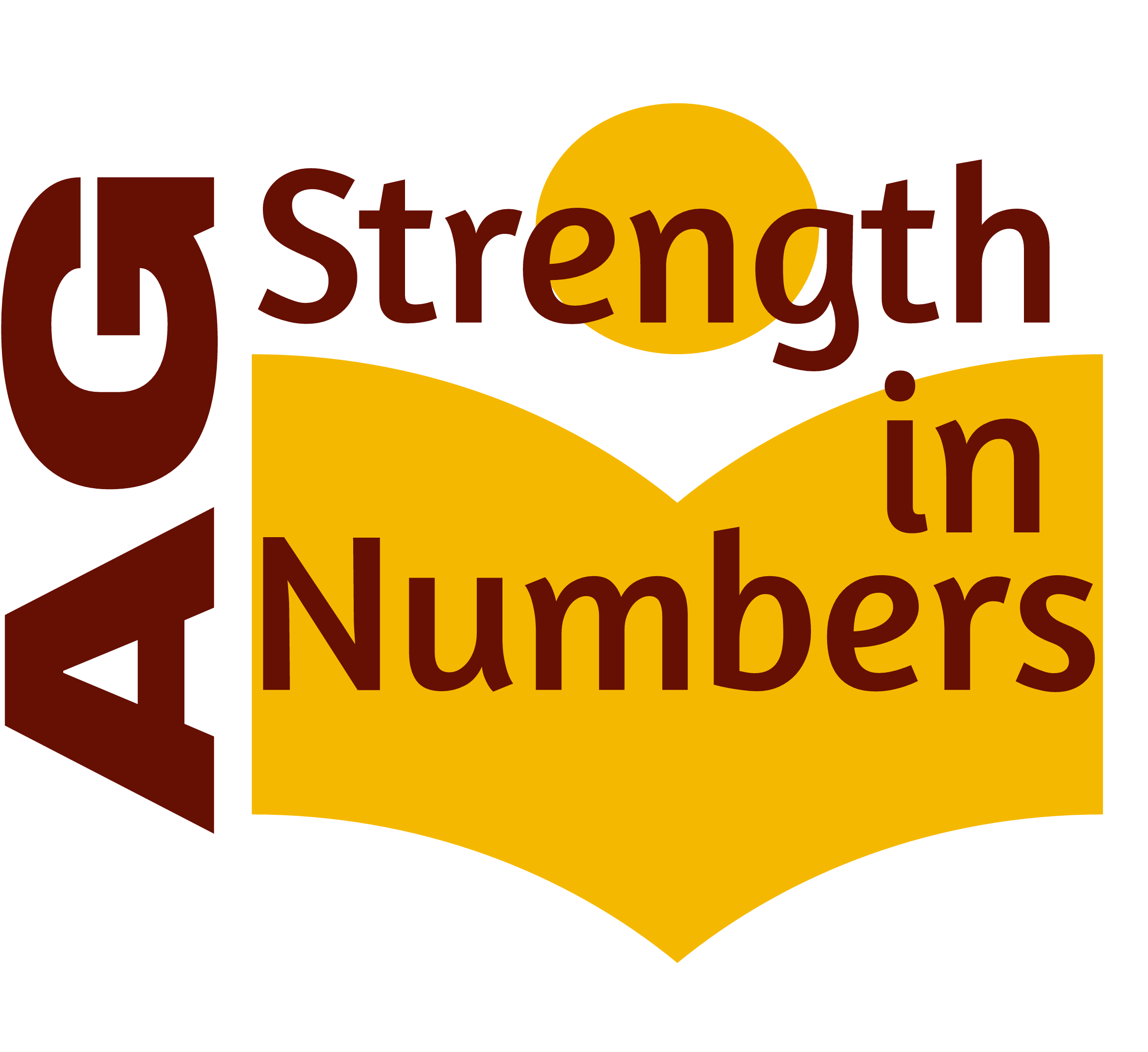If you are a property owner in AGSD and you use said property as your primary residence, you likely qualify for the homestead reduction as part of the Taxpayer Relief Act from 2006 aimed to reduce the school tax burden on local property owners. This reduction, however, is not automatically given to homeowners and requires a quick one page application to be completed once every three years. *Note: Although sources indicate that there is a renewal process every three years, Chester County Assessment office has advised that Chester County does not have a renewal process. If you were to become unenrolled, you would receive a notice in December with an application to renew. If you've received homestead reduction in the past and you've not received an application in the mail, you are still enrolled to receive the reduction and no action is needed.
A homestead is a dwelling and its land so long as the dwelling is used as the primary residence of the property owner. Note: Apartments and Condos may apply, but since the land is typically not owned by apartment/condo owners, only the dwelling itself would qualify.
A farmstead includes all of the buildings and structures on a contiguous piece of land that is at least 10 acres big. To qualify, the farm must be a working farm. Because the farmstead and homestead reductions cover slightly different parts of the land, a farmer may qualify for both the farmstead and homestead reductions and should apply for both.
In order to be eligible for homestead reduction in the upcoming school year, you must submit an application by March 1 prior to the start of the fiscal year, which is July 1. If you move into the area after the March 1 cut off, you will not be eligible to apply until the next cycle.
You may follow this link to the application for homestead and/or farmstead reduction.
You will be notified within 30 days of your application if you are eligible for the reduction. Once approved, your application stays on file for three years, but then must be renewed. You should receive notice in the mail to reapply if your application is due to expire. If you're unsure whether you are already receiving your discount, check your most recent school tax bill. If you have qualified for homestead reduction, there will be a line underneath "assessed value" that states "homestead reduction" and the amount of money by which your assessed value has been reduced. If you see this line item, you are receiving your homestead reduction.
How is homestead reduction calculated?
There is a formula that is calculated across the state that takes into account local property values, taxpayer burden and available funding. The money is distributed by district, where each district will receive a different amount of funding based on the formula. More funding is sent to districts where property values are low, but property taxes are high. Within the district, the money is equally divided between qualifying homeowners regardless of the assessed values of their homes (eg. if homestead is $5,000, then it is $5,000 for everyone in the district regardless of their home values). You won't receive a check in the mail, but instead, you'll see a reduction in the assessed value of your home. For example, if your home's assessed value is $100,000 and the homestead tax for this year is $5,000, then you're adjusted assessed value would be $95,000 and the millage rate (29.77 in AGSD for 2017) would be applied to $95,000 instead of to the $100,000 amount. The assessed value of your home is different from its sale or purchase price and is typically much lower than its sale price. Counties are in charge of periodically evaluating the values of parcels and this assessment serves as the basis for property taxes. The amount of relief given changes every year depending on available funding and district needs. On average, eligible homestead owners receive about $200 off of their taxes.
How is this funded? Am I just paying for this with my state taxes?
This particular tax relief program is being funded from slot machine profits. The amount of money available to be divided each year is dependent upon the amount of money coming in from the slots. If more people apply and receive homestead reduction, that chunk of money will need to be divided among more people, which some critics point out could reduce how much relief is actually available. Currently, however, many eligible homeowners do not apply and sources indicate that new slot machines and gambling revenue are on the horizon. Essentially, this represents an attempt to diversify the revenue stream for funding schools so that it is not entirely dependent upon local property taxes, although that remains the primary source of funding for schools. Other attempts to relieve tax burdens on property owners have been focused on increasing local income taxes.

